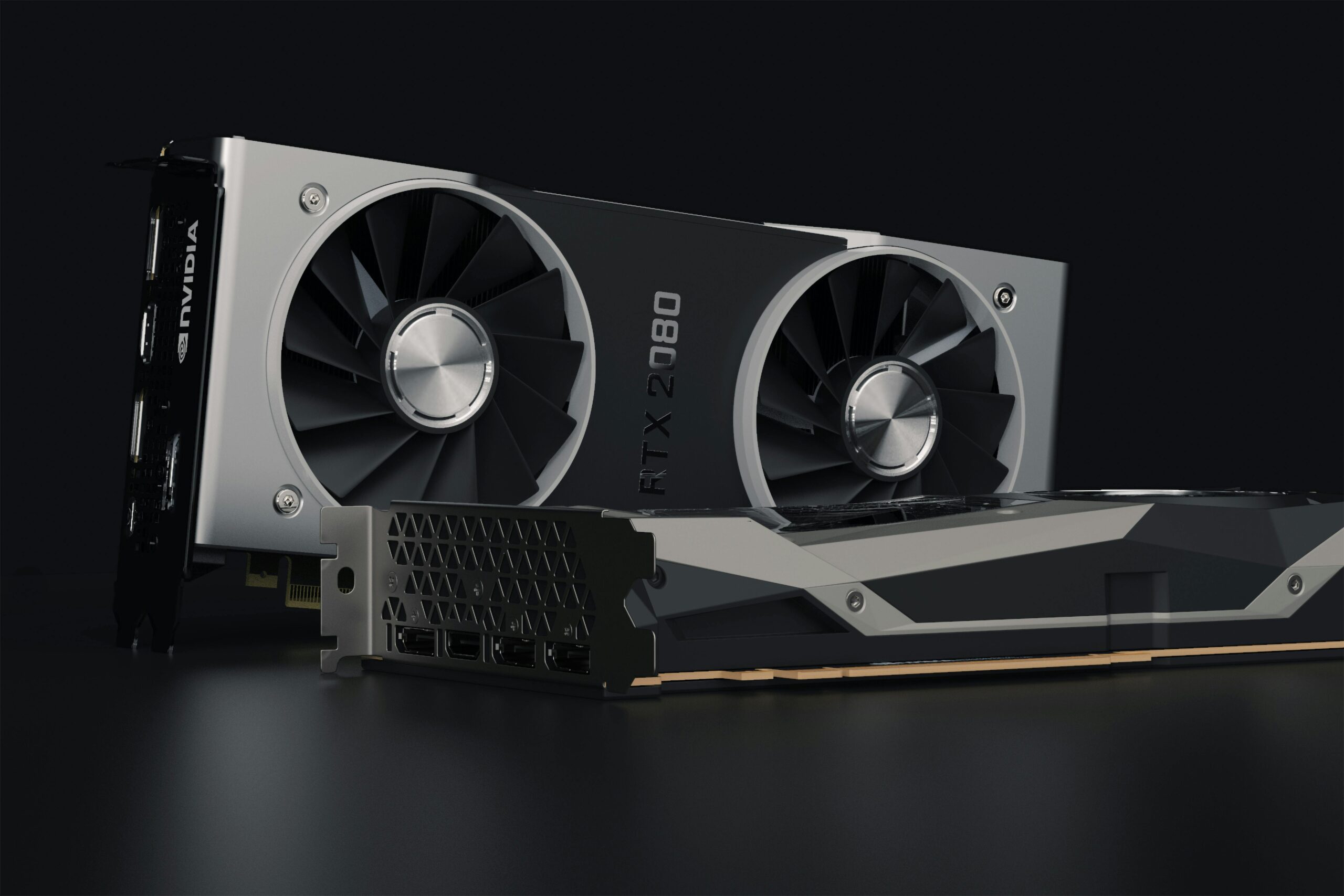
China Just Dropped the Most Dangerous AI Agent Yet: Introducing Utars 1.5
ByteDance has just unveiled Utars 1.5, and it’s making waves in the AI world. This isn’t just another language model—it’s a vision-language agent that treats your entire screen as one big image. Instead of dealing with DOM trees, external tools, or lengthy instructions, Utars 1.5 reads, reasons about, and manipulates your screen just like a human would.
Whether it’s navigating a desktop app, solving a mobile task, or browsing the web, this model understands what’s happening visually and acts accordingly—all within one neural backbone. That means faster responses, more robust performance against UI changes, and a serious leap in general usability.
What Makes Utars 1.5 So Powerful?
🧠 Unified Perception, Reasoning, and Action
The model doesn’t just look—it sees and understands. ByteDance trained it using over 50 billion tokens, including screenshots, GUI metadata, tutorials, and interaction traces. It can:
- Parse screenshots into meaningful layouts.
- Interpret element labels and icons.
- Understand changes like hover vs. click states.
- Use markers to link language commands to specific pixels.
🖱️ Human-Like Interaction
Actions are based on a unified action space:
- Click, drag, scroll, type, wait.
- Special commands for desktop (hotkey, right-click) and mobile (press back, long press).
- Meta-actions like “Finish” or “Call User” when stuck behind login walls.
Utars 1.5 is trained on multi-step workflows, averaging 15 steps per task. This means it doesn’t just tap—it thinks through complex tasks.
🤔 System 1 vs. System 2 Thinking
ByteDance introduced a dual-reasoning system:
- System 1: Fast, intuitive actions (“Click the button”).
- System 2: Deliberate planning with step-by-step logic (“Search field detected. Type username.”).
They trained this reasoning using:
- 6 million GUI tutorials.
- Cleaned and filtered textual guides.
- Bootstrapped internal monologues before every action.
This allows the model to learn from mistakes, using preference optimization to reinforce correct actions and discard bad ones.
🔬 Benchmark Results
The numbers are in—and they’re impressive:
- OSWorld 50-step desktop benchmark:
- Utars 1.5 (72B): 42.5% success
- OpenAI’s Operator: 36.4%
- Claude: 28%
- Windows Agent Arena:
- Utars: 42.1% (vs. baseline 29.8%)
- Android World:
- Utars 7B: 64.2% (vs. 59.5% previous best)
- Screen Spot UI Grounding:
- Utars 1.5: 94.2% accuracy (vs. 87.9% Operator)
- Gaming (2048, Snake, Loop Solver, etc.):
- Utars 1.5: 100% success across all mini-games
- Minecraft’s Mineral Benchmark:
- 42% success on mining tasks (older models barely hit 1%)
🧪 How It Was Trained
Training followed a 3-phase approach:
- Pretraining: 50B tokens from screenshots, UI data, and tutorials.
- SFT (Supervised Fine-Tuning): Only high-quality perception, reasoning, and action samples kept.
- DPO (Direct Preference Optimization): Reinforces actions that succeed, penalizes those that fail.
This led to better generalization and robustness across unseen tasks and environments.
💡 Why Utars 1.5 Is a Game-Changer
- It doesn’t rely on brittle prompts or static rules.
- It adapts to changing UIs using data-driven training.
- It combines perception, reasoning, memory, and action into one smooth model.
On cross-app mobile navigation, it even outperformed competitors by 26+ points, highlighting how powerful reasoning combined with vision can be.
📂 Open Access and Community Use
ByteDance has released:
- The 7B checkpoint on Hugging Face under Apache 2.0:
👉 https://huggingface.co/ByteDance/utar-1.5-7b - GitHub Repo:
👉 https://github.com/bytedance/youutars
This means:
- You can fine-tune it on your own data.
- Use it commercially.
- Train it on your own UI or app workflows.
There’s even Utars Desktop, a Windows app where you can type a natural language command and watch the agent control your PC—no GPT-4 subscription needed.
Final Thoughts
ByteDance just dropped what might be the most practical, powerful, and open AI agent to date. From desktop workflows to mobile tasks, games, and web navigation, Utars 1.5 is redefining what agents can do.
Whether you’re a developer, researcher, or just an AI enthusiast, this could be your new playground.
🔔 What would YOU automate with Utars? Let us know in the comments below!
FAQs
❓ What is Utars 1.5 used for?
Utars 1.5 is designed to automate tasks across desktop, mobile, and web applications. It acts like a human, understanding screen layouts and taking actions directly based on natural language prompts.
❓ Is Utars 1.5 open source?
Yes. The 7B version is available on Hugging Face under an Apache 2.0 license. You can modify, use commercially, and integrate it into your own apps.
❓ How does it compare to GPT-4?
In visual task automation, Utars 1.5 has outperformed GPT-4-based agents (like Operator) in almost all benchmarks—especially in desktop and Android environments.
❓ Does Utars 1.5 require an internet connection?
Not necessarily. Once downloaded, it can run tasks offline depending on the setup and your use case.
❓ Where can I find the demo or download?
You can download the model checkpoints from Hugging Face or try the Windows desktop version available through the official GitHub repo.




